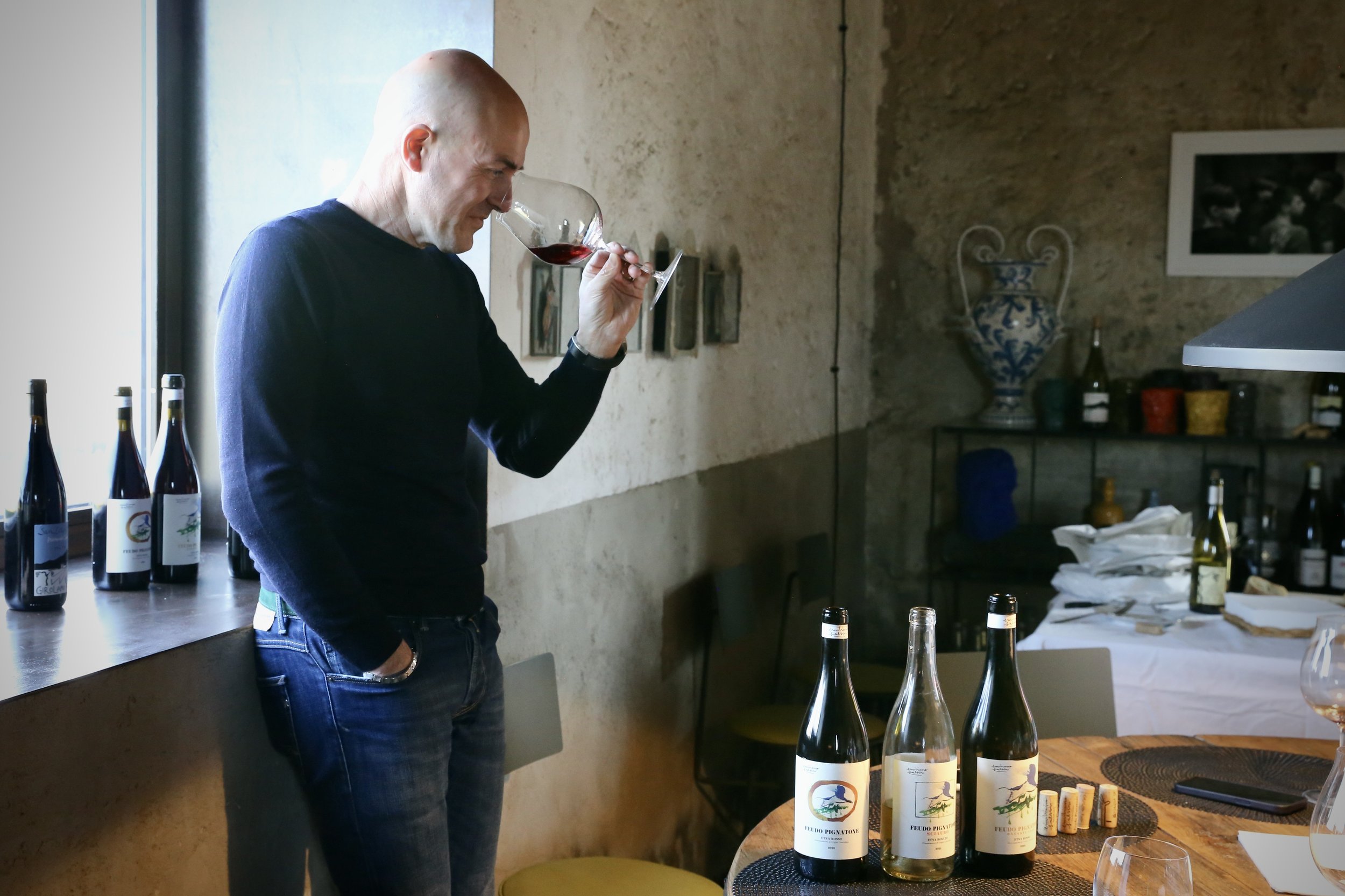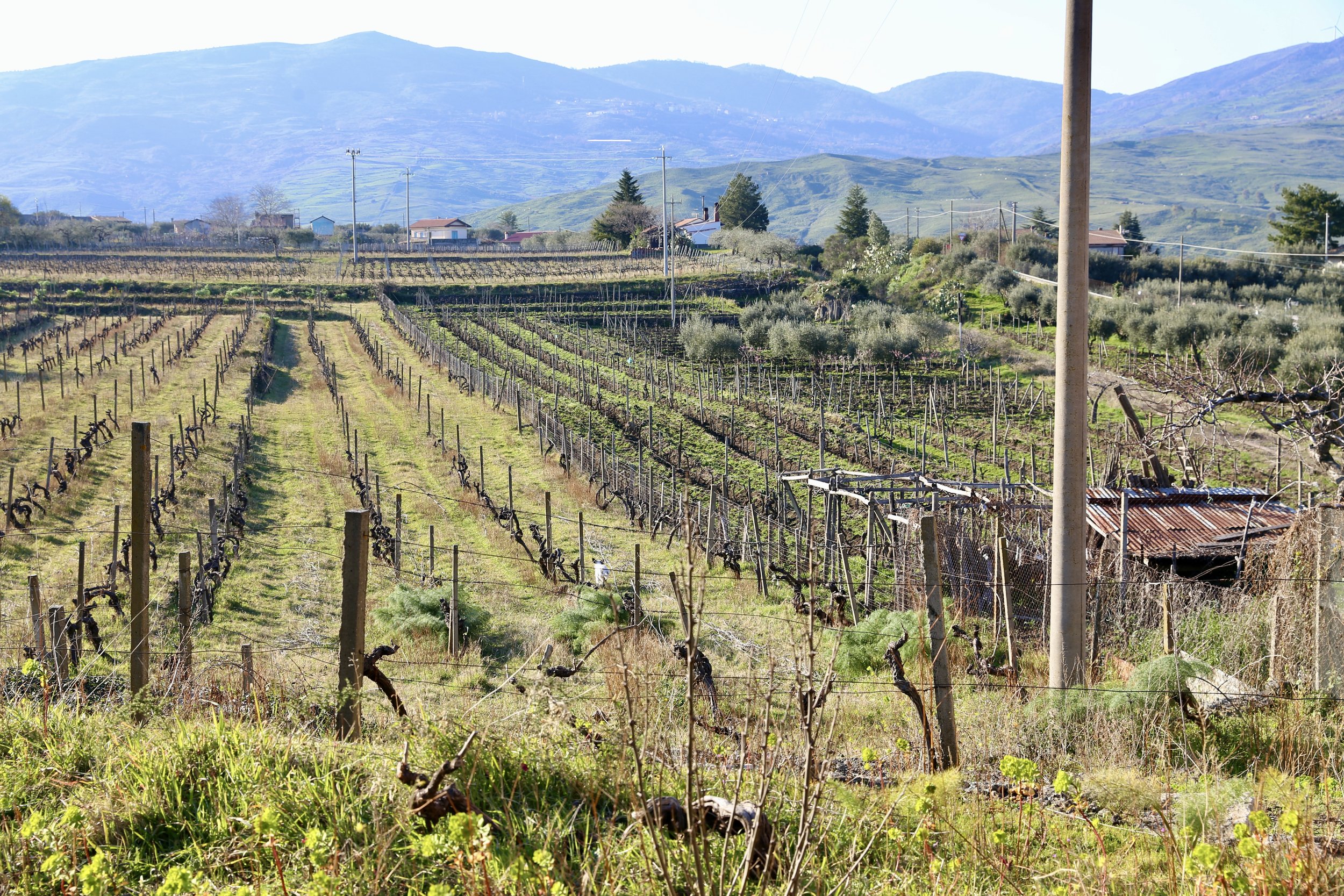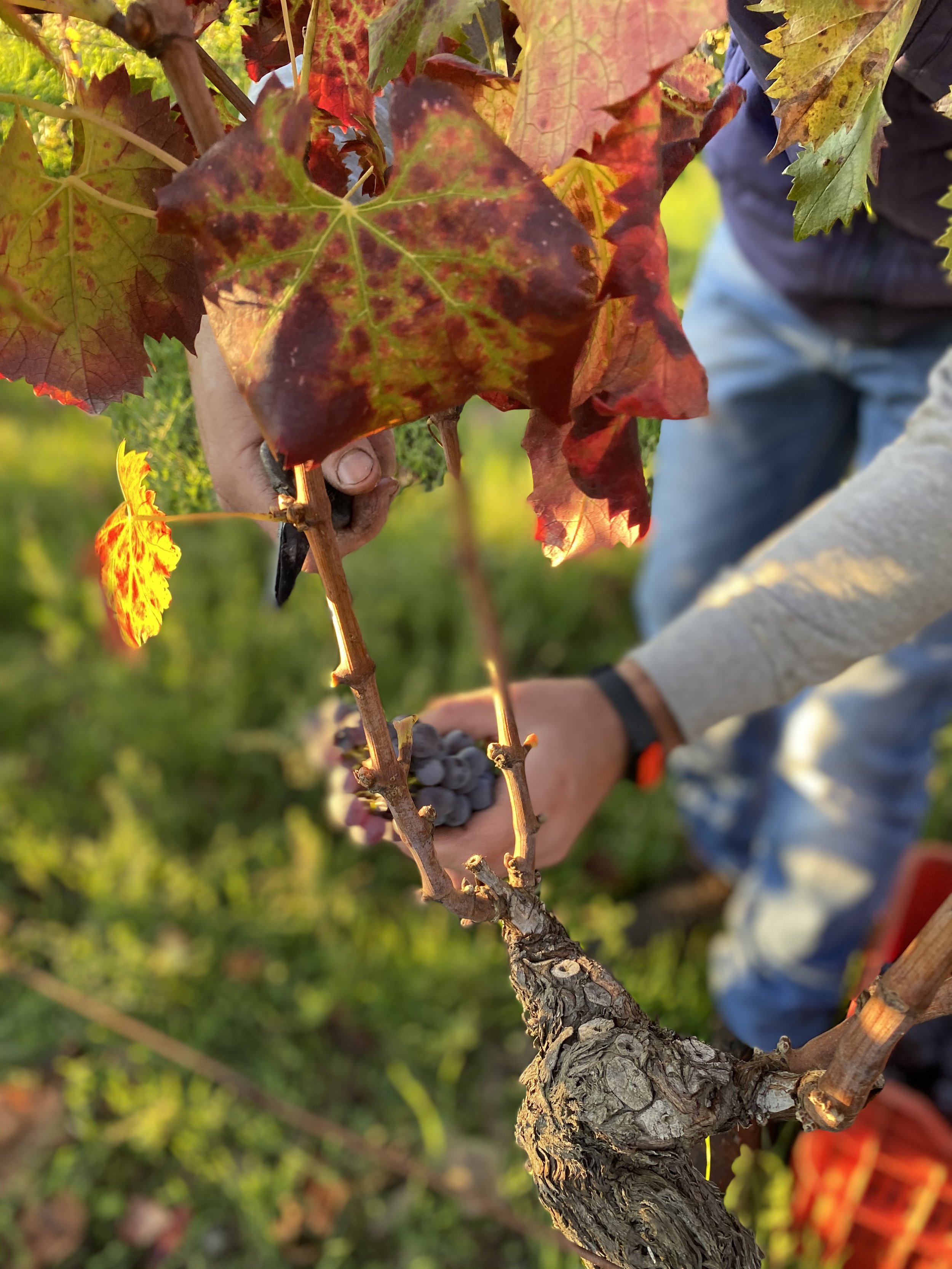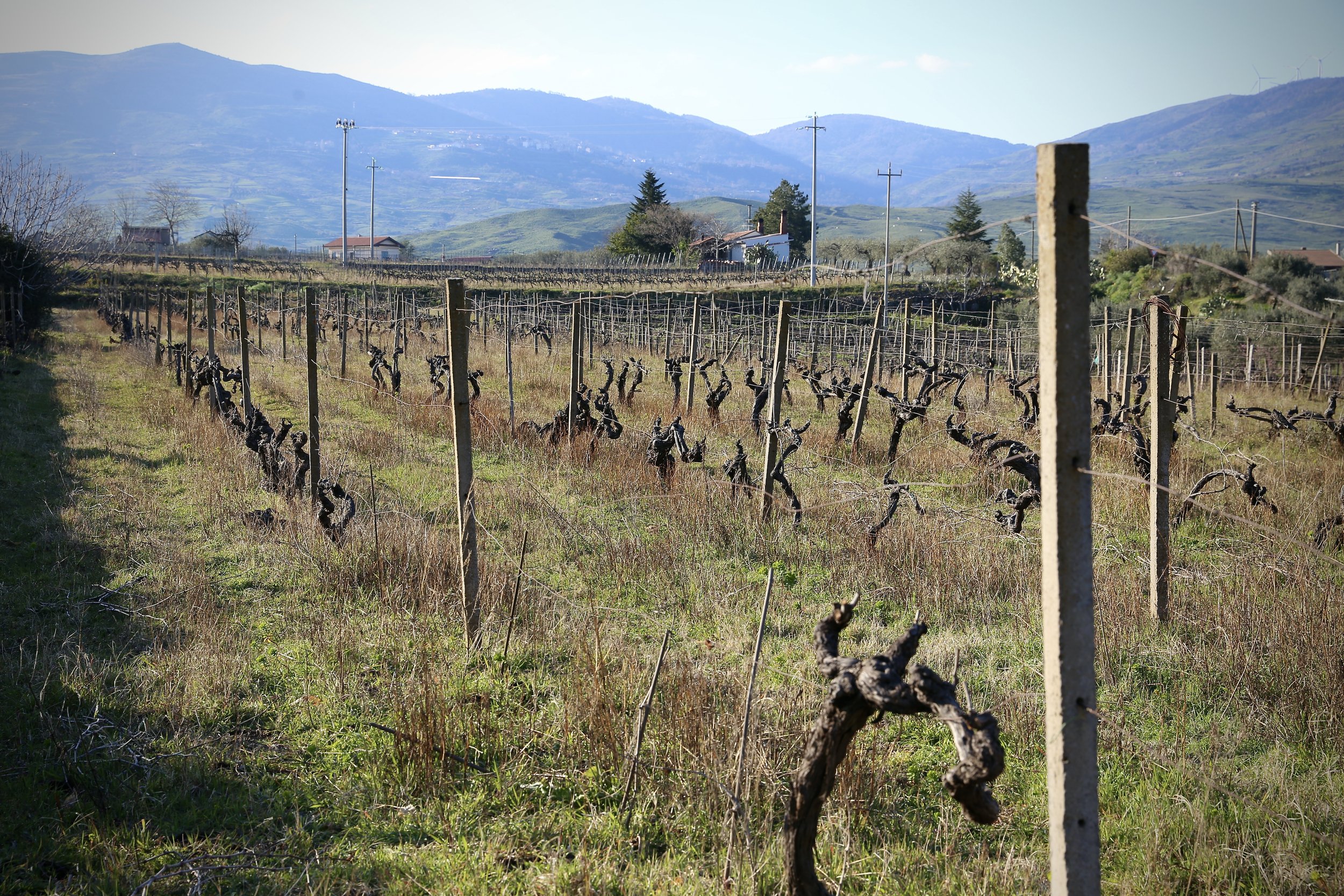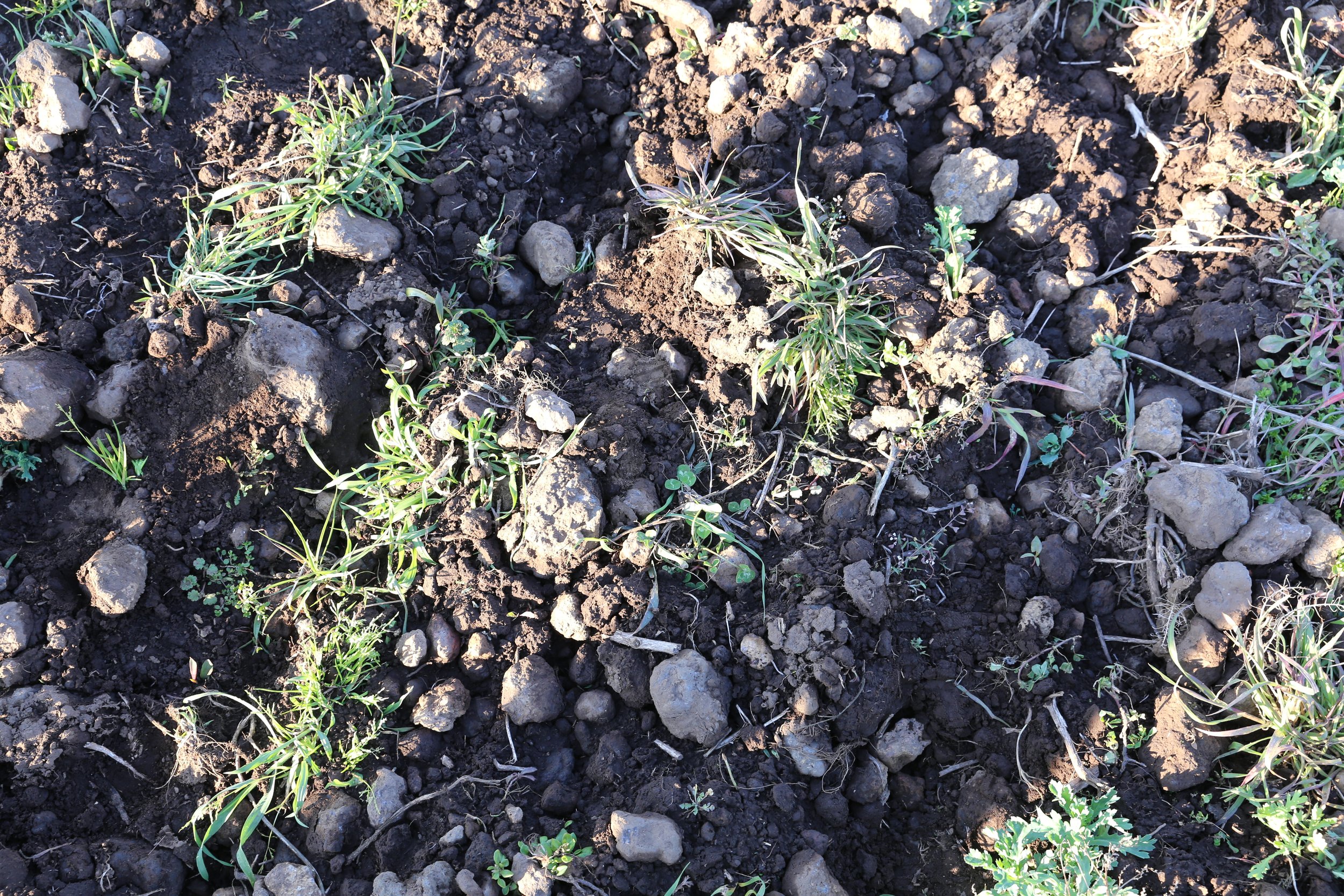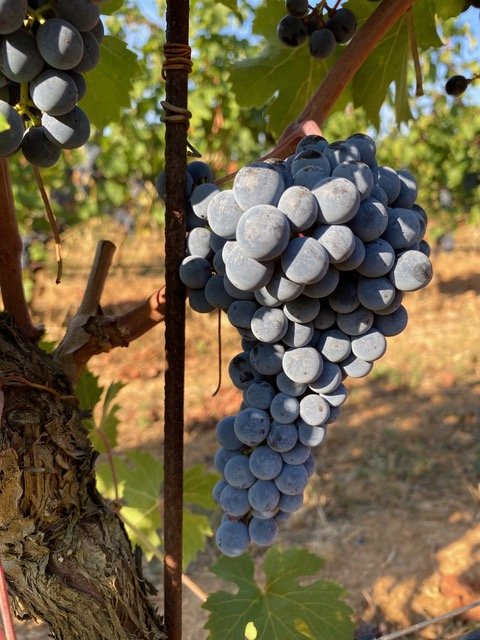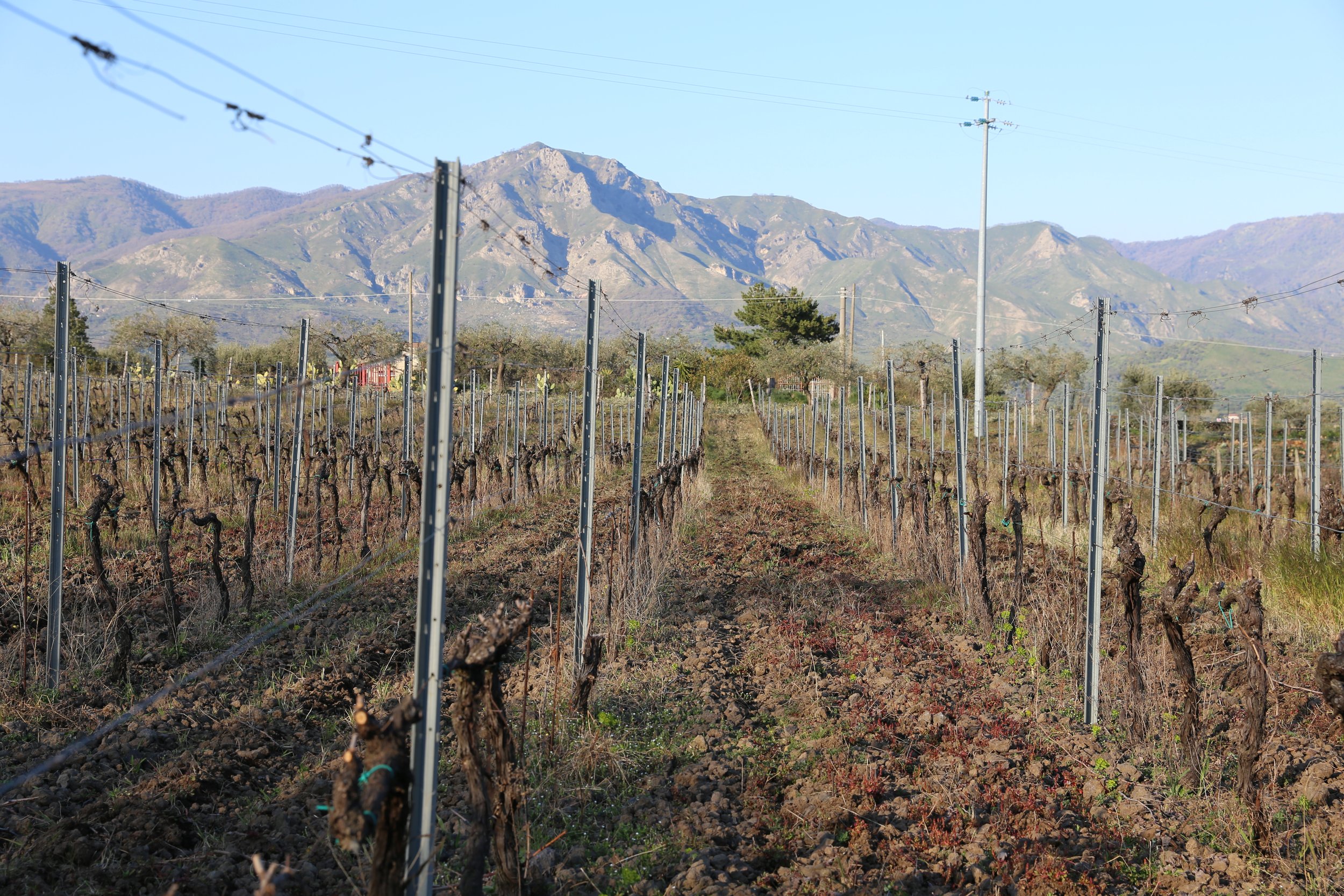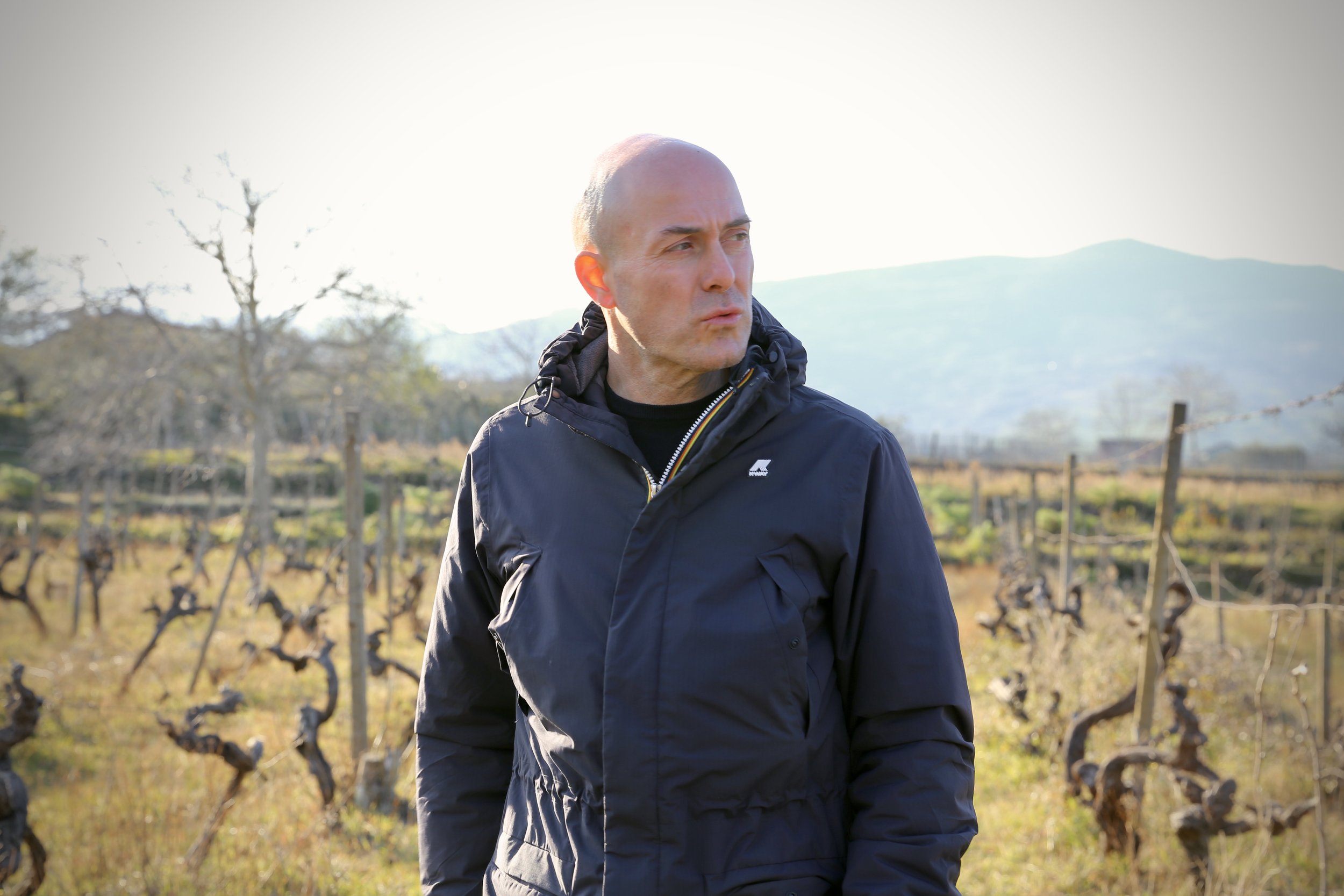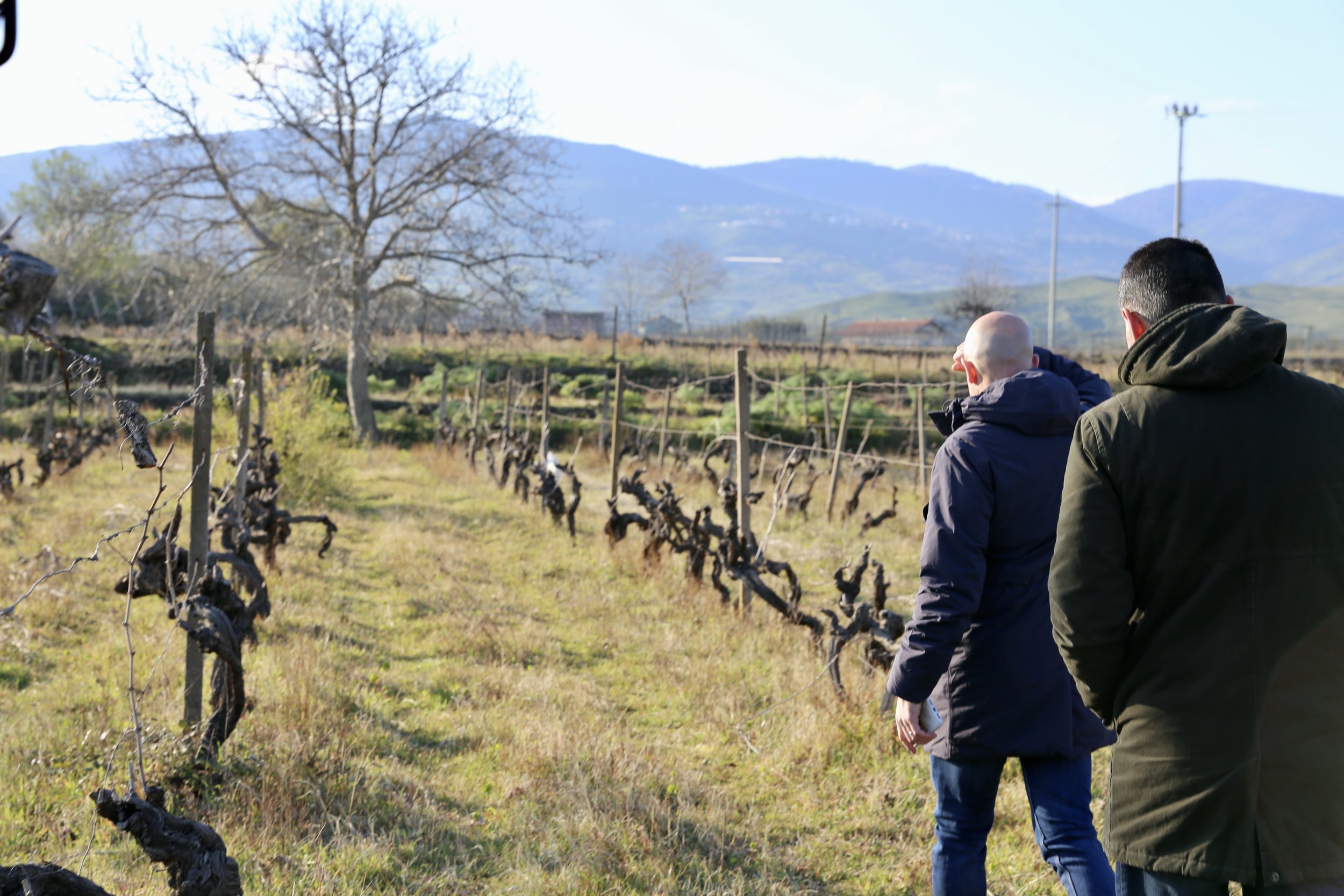Emiliano Falsini
ABOUT EMILIANO FALSINI
Emiliano Falsini is a consulting enologist from Tuscany. He has been working for years with great estates in Tuscany, Sicily, and elsewhere, including Girolamo Russo, Alberto Graci, Tabarrini, and Antonella Lombardo. Now Emiliano has chosen to start producing wine under his own name, in two appellations he knows particularly well; the north side of Mount Etna in Sicily, and Bolgheri on the coast of Tuscany.
_____________________________________________
bolgheri, Tuscany
We mostly import indigenous Italian grape varieties, grown in their traditional regions, but there are exceptions. There are regions of Italy where certain French varieties do very well, Sauvignon and Pinot Blanc in the Alto Adige for example or Syrah around Cortona in Tuscany. Another such combination of Italian place and French grape is the use of Bordeaux varieties such as Cabernet Franc in coastal Tuscany, around Bolgheri. For one of his eponymous projects, Emiliano has chosen Bolgheri, and Cabernet Franc, one of my favorite French varieties. (Cabernet Franc has made a relatively little impression here in California, but it is an important variety in St. Émilion and the Loire valley.)
For this one-hectare project, Emiliano does 30-40% whole cluster open-top fermentation and uses part cocciopesto (an amphora-type container made mostly of terracotta) as well as small French barrels to age his wines. One can argue that different grape varieties work best with different types of barrels, and if any varieties work with barriques it would be those that originate in Bordeaux, where they are normal and traditional. In this case, the results are fresh and delicious.
_____________________________________________
Cabernet Franc Costa Toscana ‘il Debbio’
Made entirely of Cabernet Franc from a vineyard near Castagneto Carducci, on the Tuscan coast. The elevation is around 150 meters above sea level, and the vines were planted in the early 1990s. The fruit is normally harvested in mid-September; the fermentation takes place using indigenous yeasts, and the total time on the skins is around 2 weeks. After pressing the wine is aged on the fine lees in wooden barrels (both barriques and tonneaux) and containers made of ‘cocciopesto,’ a kind of cement, for about 10 months.
Very deep in color, violet-tinged red; aroma and flavor of a mixture of berries (blackcurrant, blackberry?) with a balancing savory herbal note behind, appetizing and complex. When young, this shows a hint of oak on the palate, but this will integrate as the wine ages. Extremely well made, as one would expect; clean, fresh, direct, expressive, distinctive wine.
Cabernet Franc Costa Toscana ‘Il Limite’
Made entirely of Cabernet Franc from a vineyard near Castagneto Carducci on the coast in Tuscany. The elevation is around 150 meters above sea level, and the vines were planted in the early 1990s. The fruit is normally harvested in mid-September; maceration on the skins is usually about 2 weeks, then the wine is pressed off and aged on the fine lees in small wooden barrels for about 10 months.
Very deep violet-tinged red in color, opaque in the middle; aroma and flavor of black fruits, flowers, thyme, and some biscuity oak aroma; very long, very complex. This is surprisingly welcoming on release, but I would guess this will age very well for at least 10 years. Again, perfect expressive winemaking, technically correct but not clinical.
_____________________________________________
etna, sicily
Emilio Falsini has been a consulting enologist on Etna for years, working with Alberto Graci, Giuseppe Russo (Girolamo Russo), and others. Eventually he decided that he had to be involved with Etna as a producer himself, and he bought around 3 hectares of vineyards near Passopisciaro, on the north side of Etna.
Volcanic soils can produce fascinating wines, and the soils here on the north face of Mount Etna are composed entirely of decomposed lava flows. (Many volcanic regions in southern Italy have thin layers of volcanic ash interspersed with normal soil, not here.) This is one of the most visually striking grape growing areas anywhere, with the main cone of Mount Etna, often with a curl of volcanic gasses at its peak, looming in the distance. As is typical on this north face of the volcano the vines are planted almost entirely to Nerello Mascalese; the area is already famous for red wines, no news there, but I think that the best rosés from here are some of the best in Italy, at least as good as the reds.
_____________________________________________
Rosato ‘Sciauro,’ Feudo Pignatone
Old-vine Nerello Mascalese grown near Randazzo, on the north side of Mount Etna at about 700 meters (2,300 feet) above sea level. (Some of the vines were planted in the 1990s, some over a century ago, in both cases using massal selection.) Yields are very low; the grapes are normally harvested in mid October; the grapes are pressed immediately, and the juice is fermented in stainless steel tank and small barrels, using indigenous yeasts.
Very pale color, just a hint of pink; smells like watermelon and white peach, I swear, very appetizing; on the palate excellent balance of expressive fruit and bright acidity; long, delicious. Bone dry. I bet this would be amazing with salmon, or indeed roast chicken.
Etna Rosso, Feudo Pignatone
Old-vine Nerello Mascalese from near Randazzo, on the north side of Mount Etna at about 700 meters (2,300 feet) above sea level. (Some of the vines were planted in the 1990s, some over a century ago, in both cases using massal selection.) Yields are very low; the grapes are normally harvested in late October; about 70% of the bunches are crushed, the rest left whole; fermentation/maceration takes about two weeks, using indigenous yeasts, punched down daily; the resulting wine is then aged for 10 months on the fine lees in small barrels.
Pale Pinot-like red color; very complex aroma, wild strawberry, fennel seed?, mixed herbs; on the palate very good balance between bright fruit and fine, tea-like tannins; very long, clean, expressive wine.
Etna Rosso ‘Davanti Casa,’ Feudo Pignatone
Century-old-vine Nerello Mascalese from near Randazzo, on the north side of Mount Etna at about 700 meters (2,300 feet) above sea level. Yields are very low, less than 2 pounds per vine; the grapes are normally harvested in late October; about 2/3 of the bunches are crushed, the remainder left whole; fermentation and maceration take about 2 weeks, with daily punch down; the resulting wine is then aged on the fine lees in small new barrels for about 10 months.
Pale Pinot-like color; the aroma is very complex, wild strawberry, cherry pit, wild herbs, tea leaf; very fine palate impression, expressive fruit balanced with wild herbs and tea-leaf notes; very long. This is a new project but I can’t wait to taste this wine at a few years of age in the bottle. Fine tannins make for a versatile food wine, but I think lamb chops would be a particularly good match.
Bravo, Emiliano!
